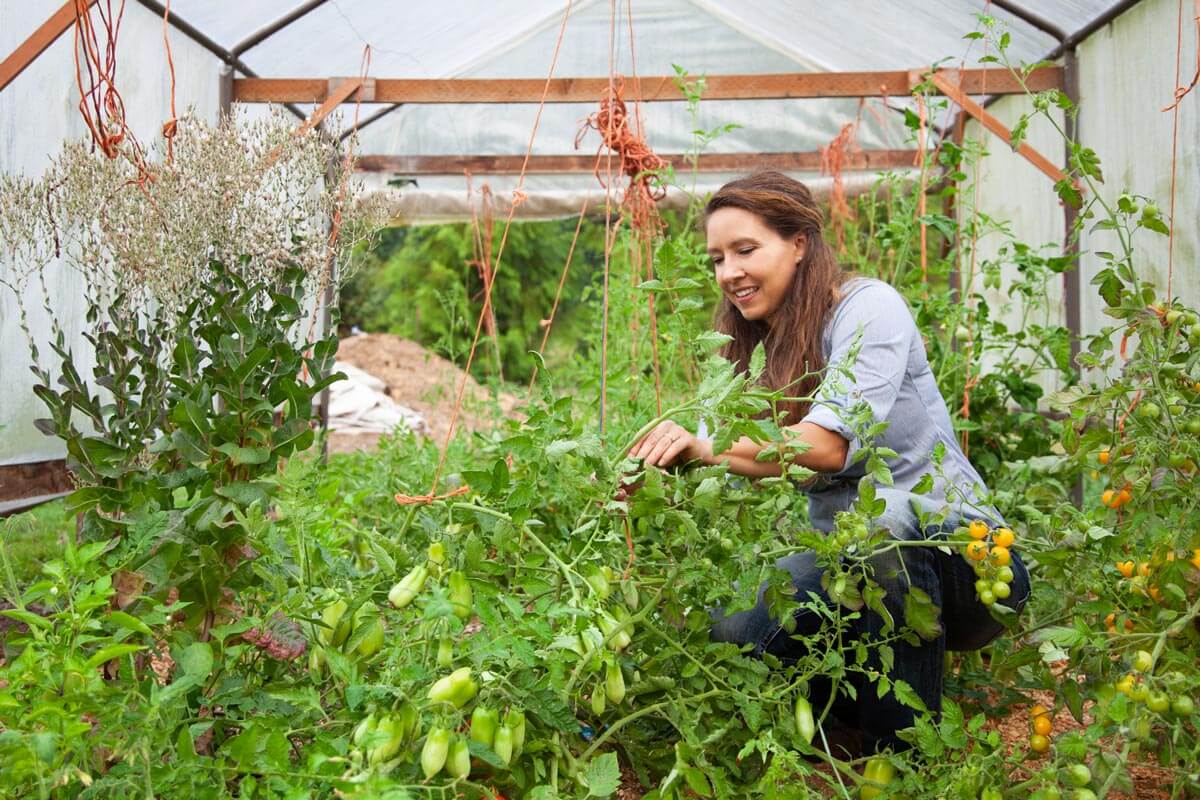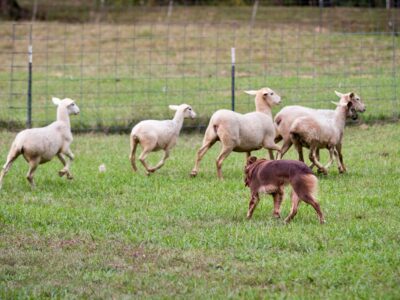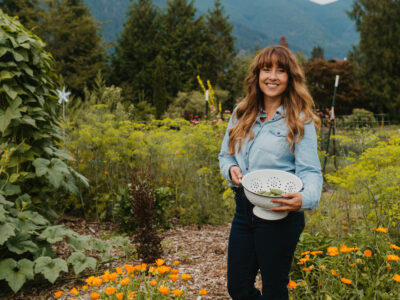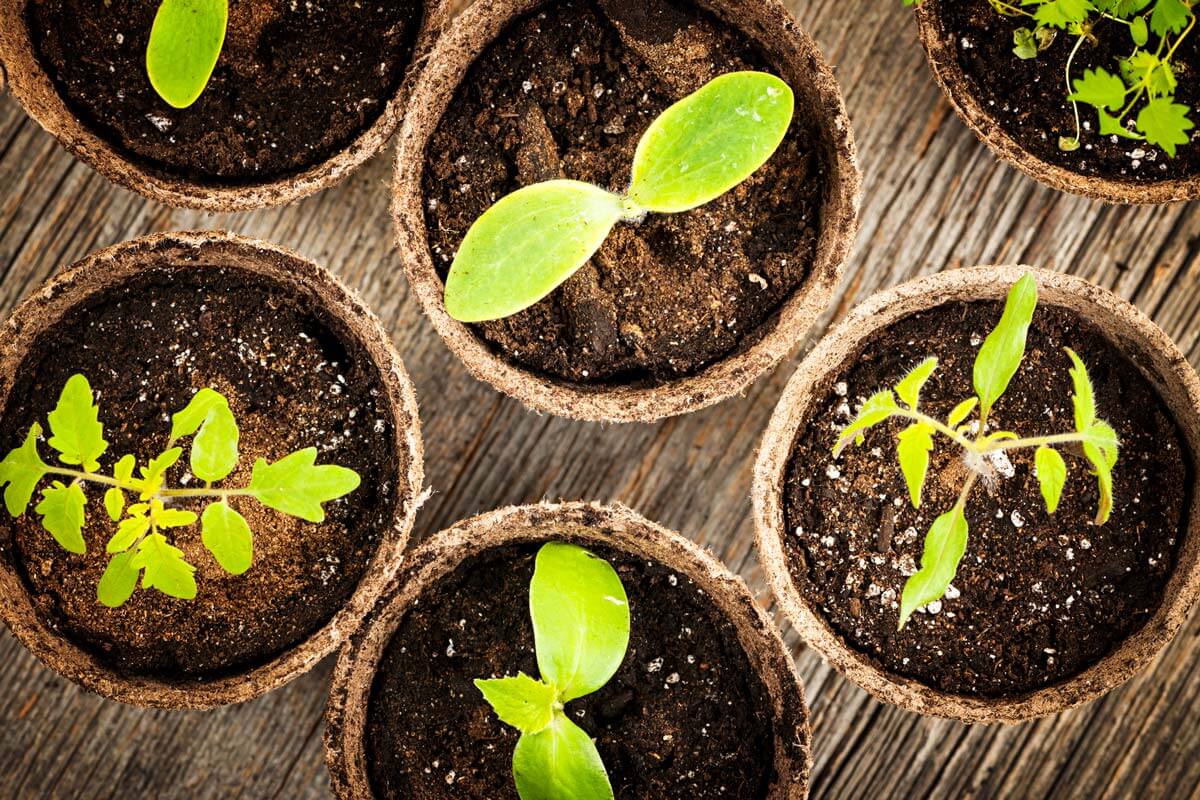What new gardening techniques and plant varieties am I growing in this year’s garden? Listen to this podcast to find out what’s been working and what I’m changing this year.

Keeping track of what you grow in the garden year after year is one of the main ways to make improvements. Growing not only what you love, but also what grows well in your climate is key to a bountiful harvest. Keys to knowing how to grow enough food to feed your family all year long.
In this podcast (episode #330) and blog post, I’m sharing what I’ve grown in the past (both my 2021 garden as well as in years past) as well as what I’m changing and keeping for my 2022 garden.
If you’re serious about tracking and improving your garden year over year then I highly recommend getting my books The Family Garden Plan and The Family Garden Planner.
These are my tools where I keep a record each year of what I grew, when I planted, what the harvest yield was like, how we preserved them, and if the amount we grew fed our family for the entire year.
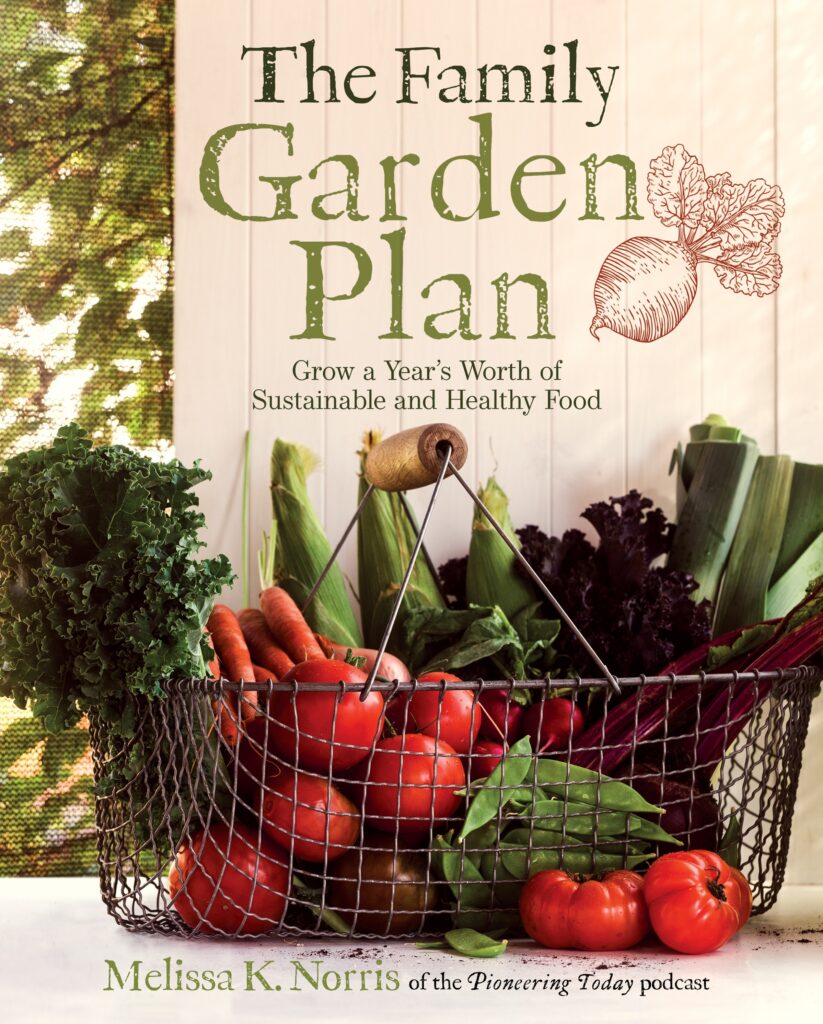
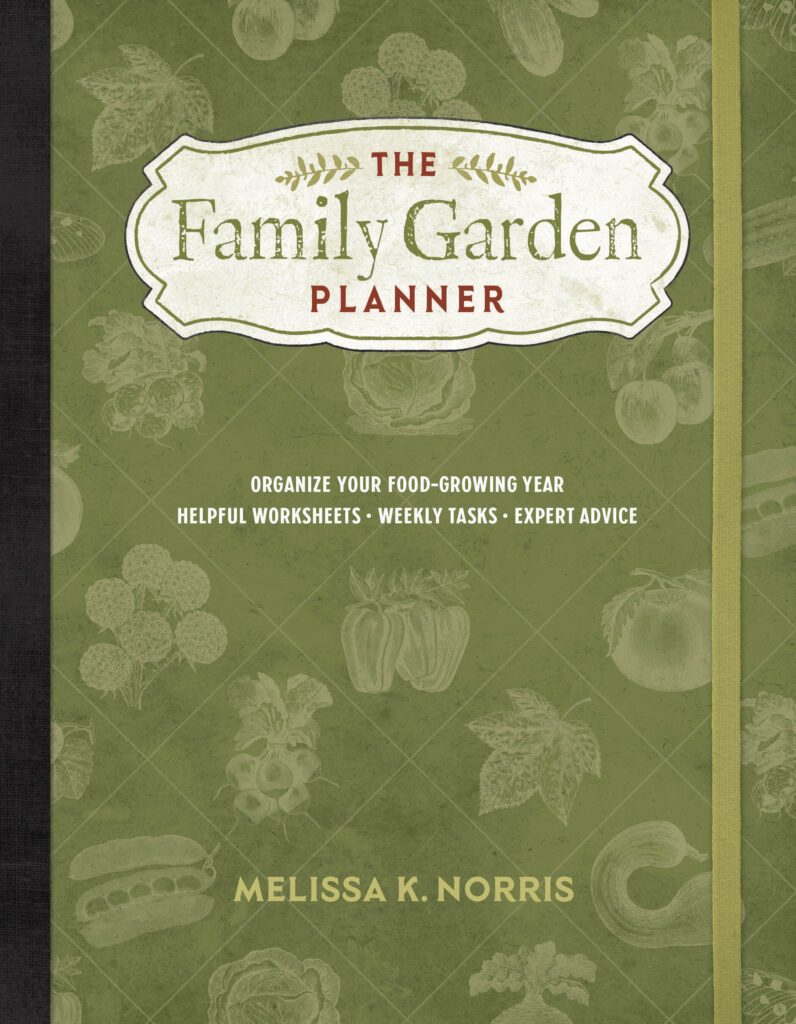
Table of Contents[Hide][Show]
The Family Garden Plan
The Family Garden Plan is a book to help you grow a year’s worth of sustainable and healthy food. Everything from starting a vegetable garden, where to put your garden, and how to assess your property for microclimates and zones.
Including a guide on seed starting indoors to in-ground planting, creating raised garden beds and organizing your beds, crop rotation, and so much more.
You’ll get all the information you need from planting to harvest, including charts to figure out just how much you need to plant per person to grow your best garden and harvest a year’s worth of food.
I also include a portion on perennials such as how many fruits & berry bushes you should plant, and how to plan an orchard.
The Family Garden Planner
The Family Garden Planner is exactly that, it’s a planner that goes hand in hand with The Family Garden Plan where you make notes of your garden plans, track goals and plan out garden tasks month by month, week by week, and even day by day.
- Gardening in March (Garden Tasks by Month)
- Gardening in April (Garden Tasks by Month)
- Gardening in May (Garden Tasks by Month)
- Gardening in June (Garden Tasks By Month)
- Gardening in July (Garden Tasks by Month)
- Gardening in August (Garden Tasks by Month)
- Gardening in September (Garden Tasks by Month)
- Gardening in October (Garden Tasks by Month)
These resources will be your companion throughout the gardening year, and they’re a great thing to order now to start your planning.
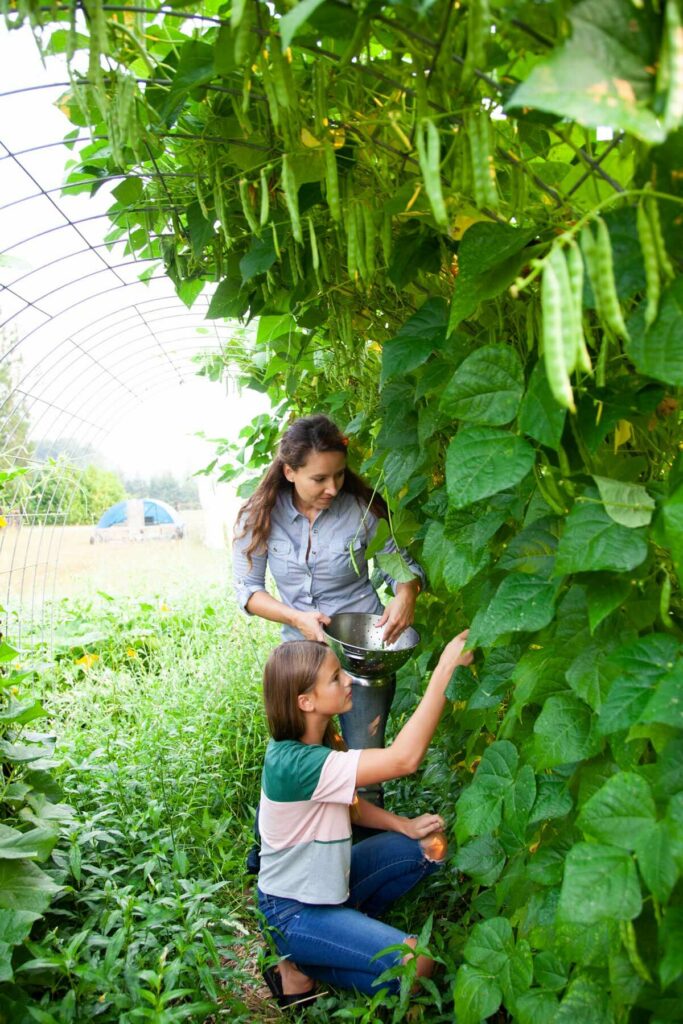
What I’m Doing Differently in 2022
This past year, like many of you, we had extreme weather that’s uncommon for our area. In June of 2021, we had record-breaking temperatures of 120° F.
Our hottest is usually 104-105° F at most and only for a couple of days usually in August. But the heatwave in June lasted multiple weeks and was much earlier than we typically see.
Because of this, I had a horrible onion harvest last year. I’m surprised at some of my other crops that didn’t bolt in that heat, but my onions were a different story.
After asking around, I found out that others who purchased onion sets had similar results as me.
So this year I’m going to be doing a test. I’m going to start onion seeds indoors (read more about how to harvest, cure and store onions here), I’ll direct sow some onion seeds in April, before my last frost date, right into the garden, and I’ll also purchase onion sets from the company I always get them from.
I’m going to make notes on each of these methods and wait to see which ones perform the best. My hope is the onions I direct sow in April will be about the same size as the onion seeds I start indoors because this would be the easiest way to grow them. I’ll be sure to let you know how that goes!
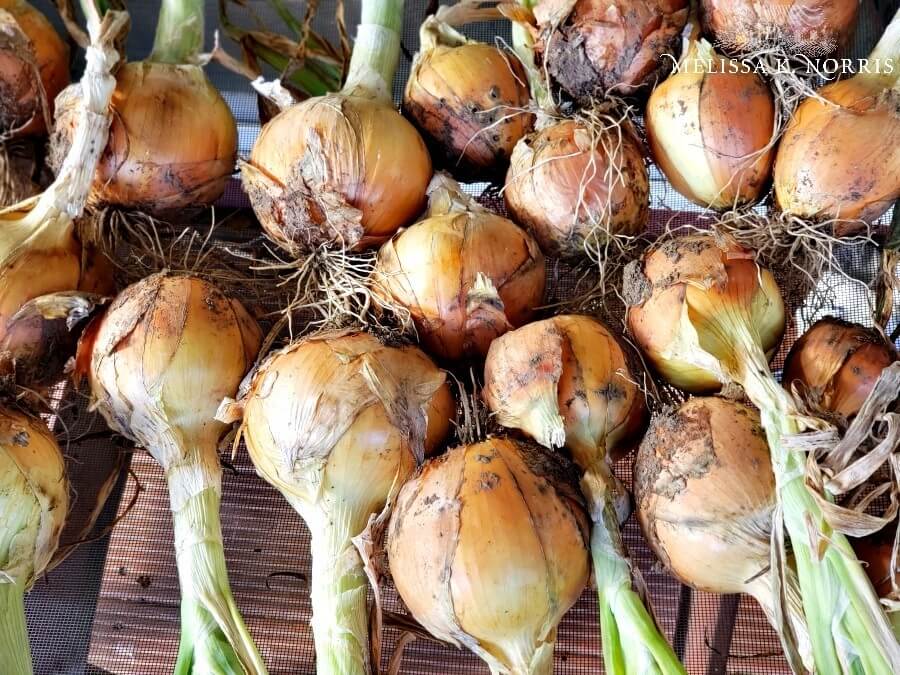
Onion Varieties
As far as onion varieties, I always plant long-storage varieties because my goal is to grow enough onions that will last my family until the following season.
I’ve grown Copra, Patterson, and Blush onions in the past and they’ve always been great storage onions for me, but I’m also trying to find more seed companies that start their own seed instead of ordering them in. I also want seed companies that are in similar growing conditions as me.
I’ve recently found Siskiyou Seeds out of Oregon and I’ve found the seeds I’ve bought from them have a higher germination rate and better harvest because the seeds are already acclimated to my climate.
This year I’ve actually found an even smaller, and more local to me seed company (one county over), called Resilient Seeds.
I’m going to be trying a new variety of onions this year called Newburg Yellow Storage Onion.
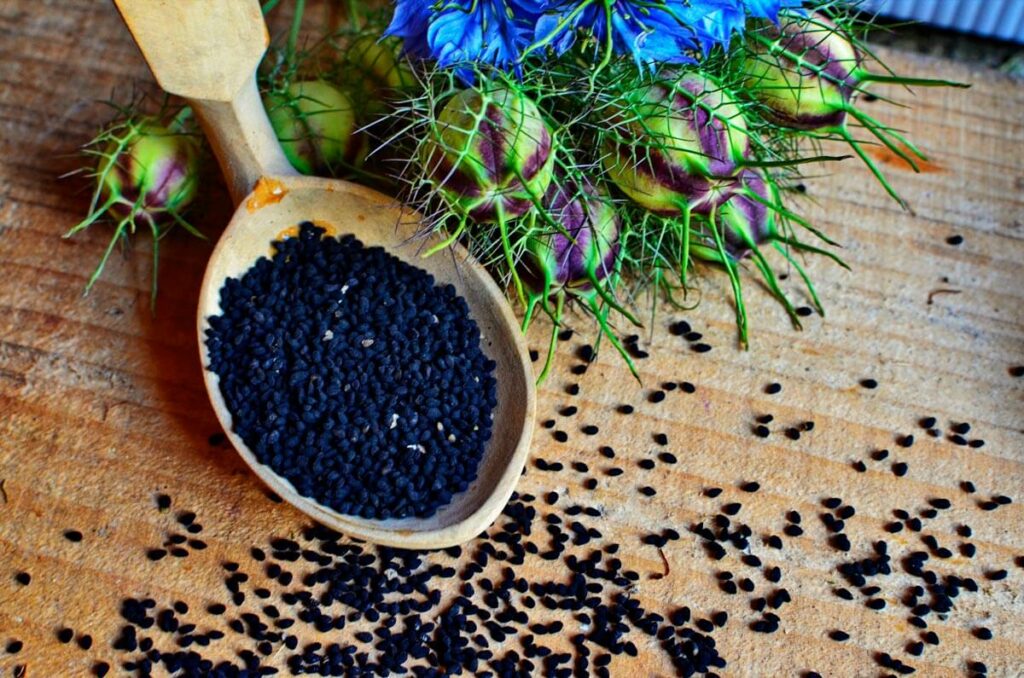
Black Cumin
I’ve never grown my own cumin before, so I’m excited about this to see if I can grow enough to replace my store-bought ground cumin (which we use a LOT throughout the year). Being it’s in the buttercup family I shouldn’t have a problem, this is the variety I’m testing.
A New Kind of Squash
Also from Resilient Seeds, I’m going to grow Oregon Homestead Sweet Meat winter squash. They’re supposed to grow very large, and my goal here is not to grow them for our personal eating but to become more self-sufficient for our animals. If, by chance, our supply chain gets upset, then this large variety of squash should be able to feed the chickens, cows, and other livestock if needed.
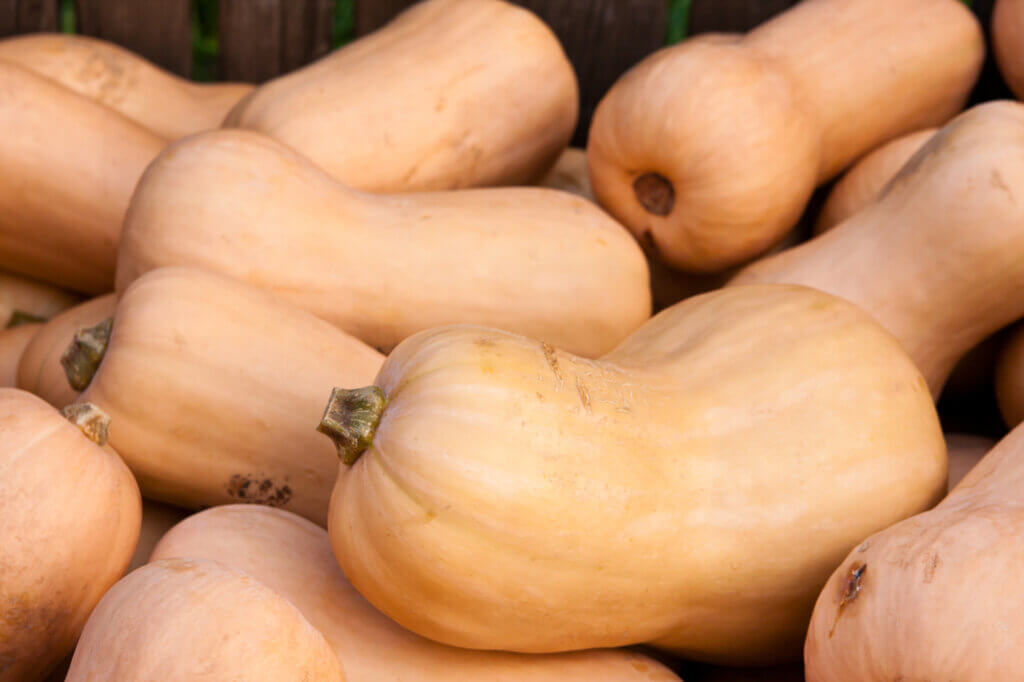
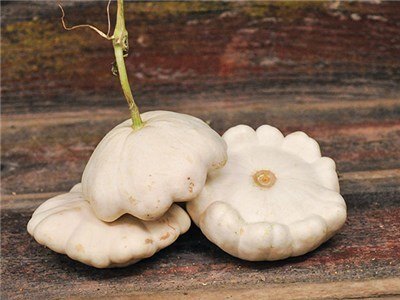
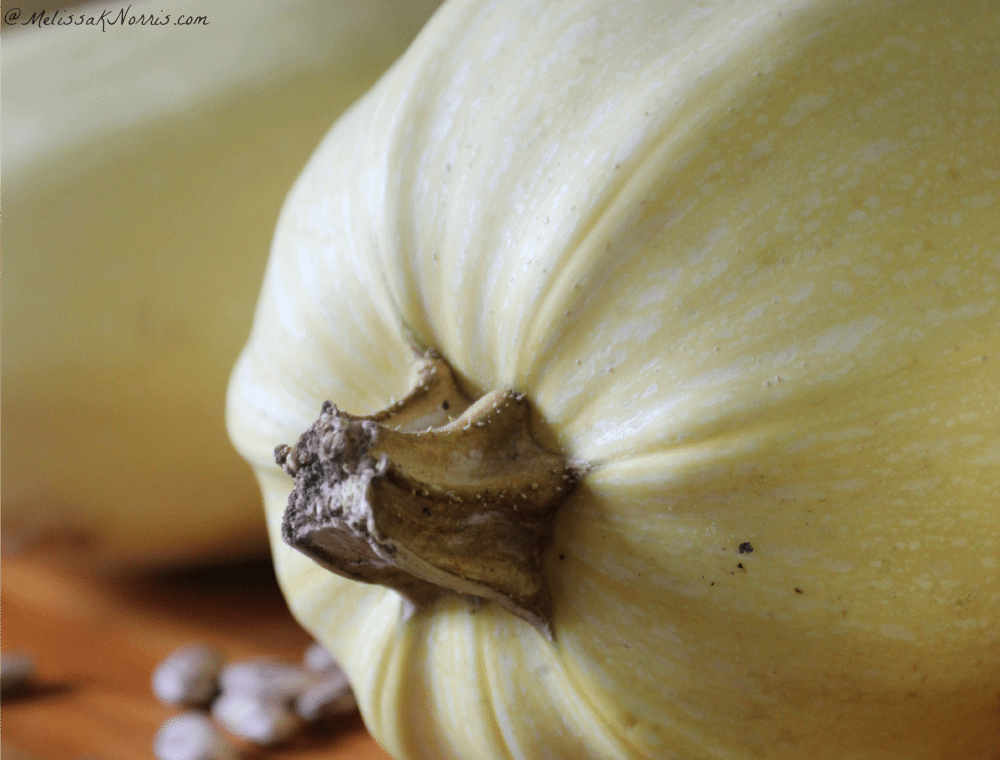
Butternut, Acorn & Delicata Squash
Butternut Waltham is kind of the standard of all butternut squash, so I’ll be growing this again.
Table Queen has always been our go-to for Acorn squash. I’m not sure we’ll ever be without this variety.
But this past year our family has fallen in love with Delicata squash, we got the Zeplin and Honeyboat varieties and enjoyed them both equally.
I hate to say it, but I think delicata squash may have even surpassed our love of butternut squash, but don’t tell the butternut!
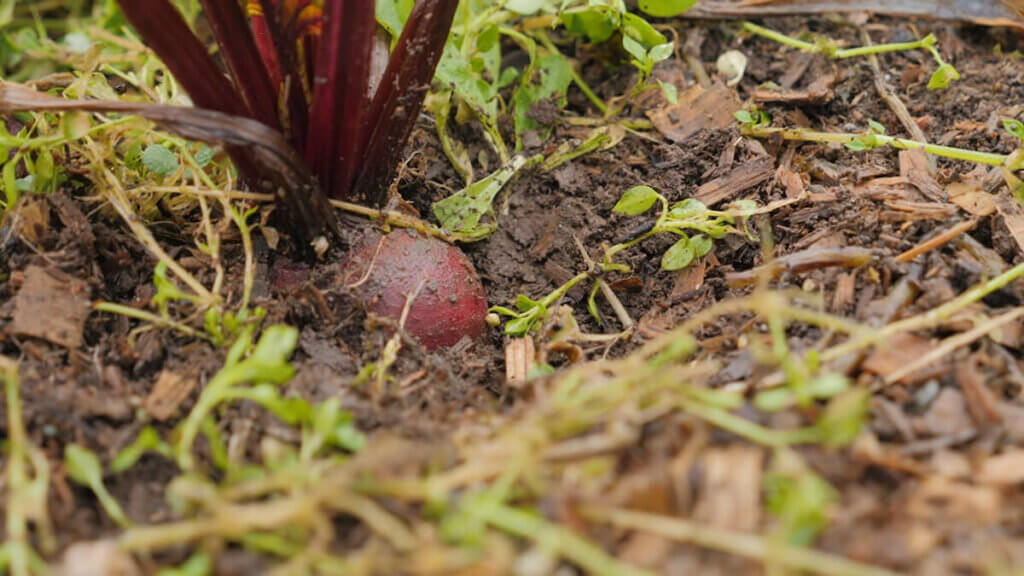
Beets
I love beets, and I love them fresh and canned. I also love them in salads, but shockingly enough, I love them the most in my homemade chocolate beet cake!
In the past, I’ve grown Crosberies Egyptian and Early Wonder, but in finding a seed company with growing conditions similar to mine, I’ve found Pronto and Touchstone Gold (both from Siskiyou Seeds).
I’m falling in love with golden beets as their flavor isn’t quite as earthy, and they don’t tend to bleed everywhere as much. So the prep and cleanup are easier.
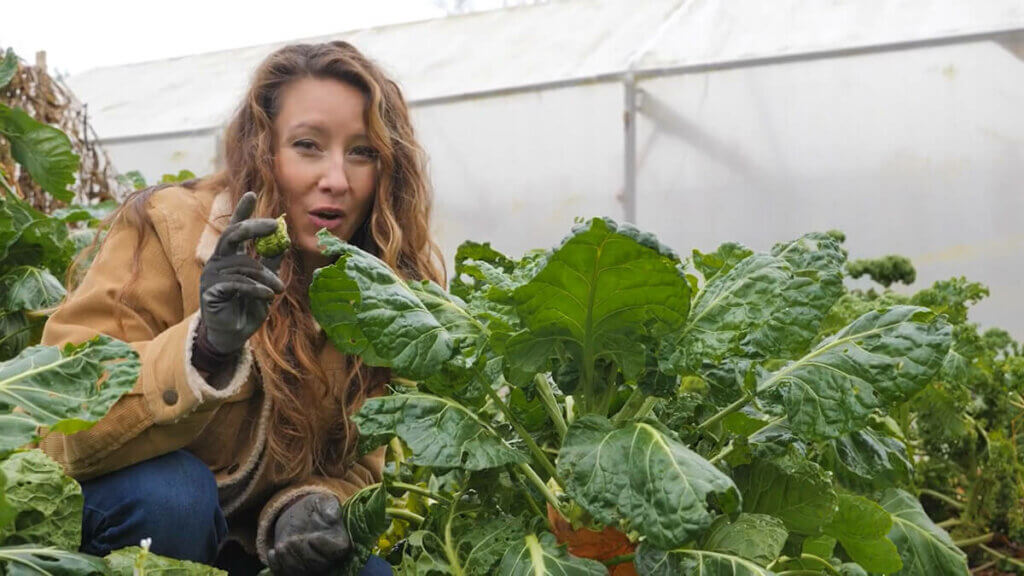
Brussels Sprouts
This last year I tried a new variety, and though I feel it’s unfair to compare the new varieties because of the heatwave, I tried Darkmar 21, it says it’s 210-250 days to maturity. So I usually plant them in late May and they’ll just be forming their sprouts right about the first frost.
We then leave them in the garden and continue to harvest them throughout the winter. They’re frost-hardy and get even sweeter when left on the stalk.
This last year, because of their slow start due to the heat, by the time the first frost came, my Brussels sprouts weren’t very big. Because we had such little daylight left during the day they never got any bigger.
So this year I’m going back to the Long Island Improved because they’re tried and true for me.
I do still have seeds left of the Darkmar variety, so I may go ahead and give them another try, but also grow my tried and true Brussels.

Pickling Cucumbers
I have long loved the Chicago Pickling Cucumber from Baker Creek Seed Co., but I had had such success from Sisquiou Seeds that I wanted to try their Space Master (picking cucumber) so I planted that last year.
Unfortunately, it didn’t perform as well for me as the Chicago variety. This year I’m going to plant more of the Chicago, simply because it outperformed the other.
I did have them planted in different locations, so it could have been a soil deficiency, but I don’t think it was because other things in that area grew well.
You never know unless you try, which is why I love to test different varieties to see how they do for me and my growing zone.
This is one more reason why I love My Garden Planner because I can keep notes year over year to find out what does best for our family, our garden, and our climate.
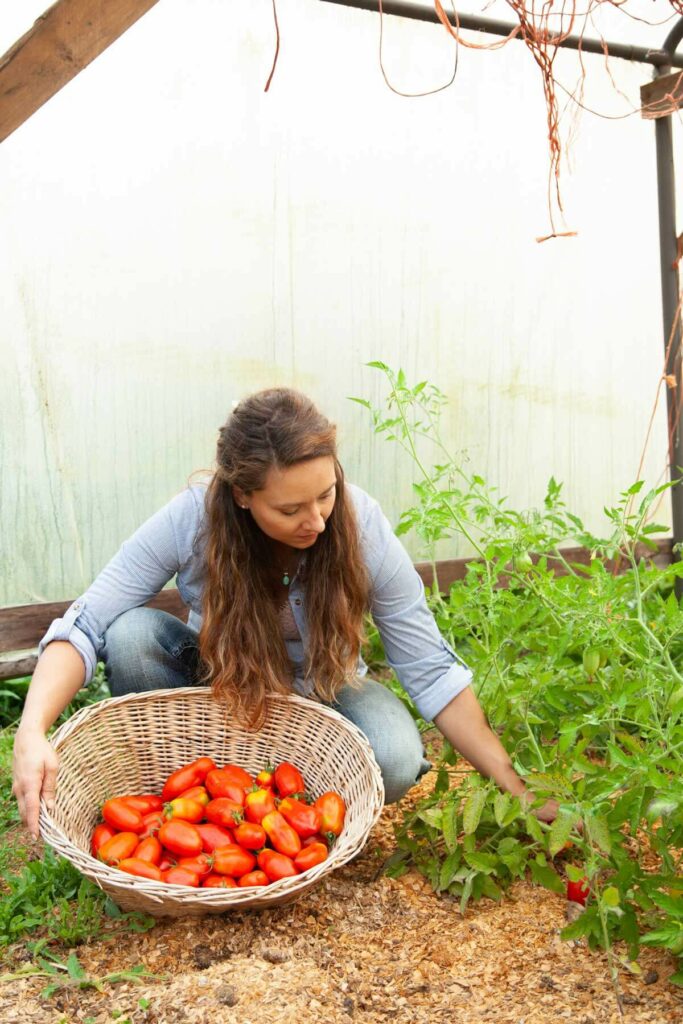
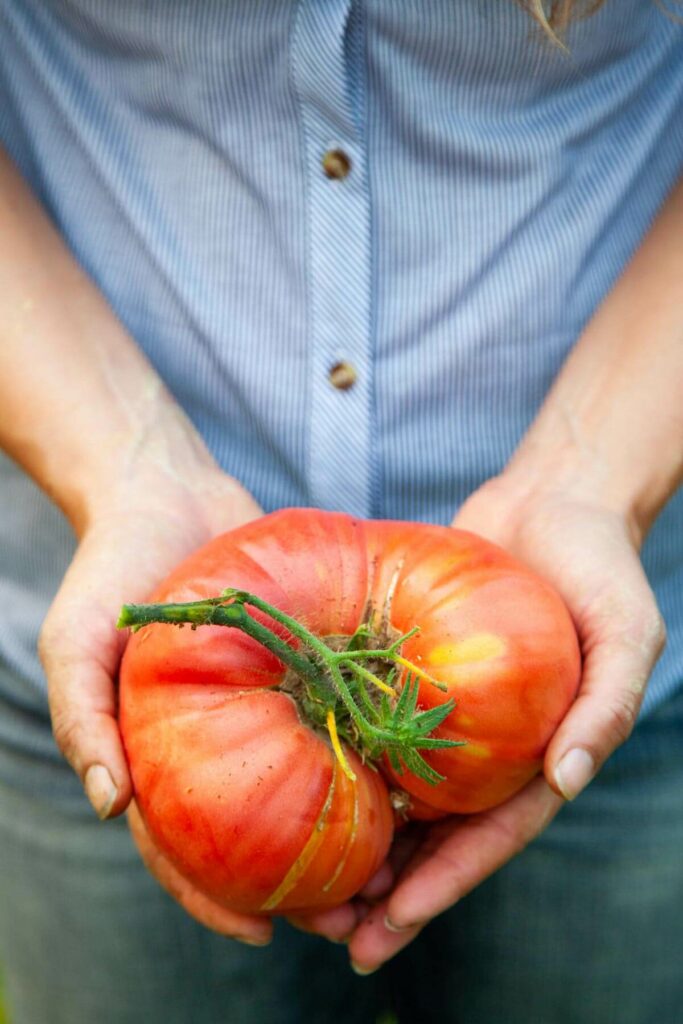
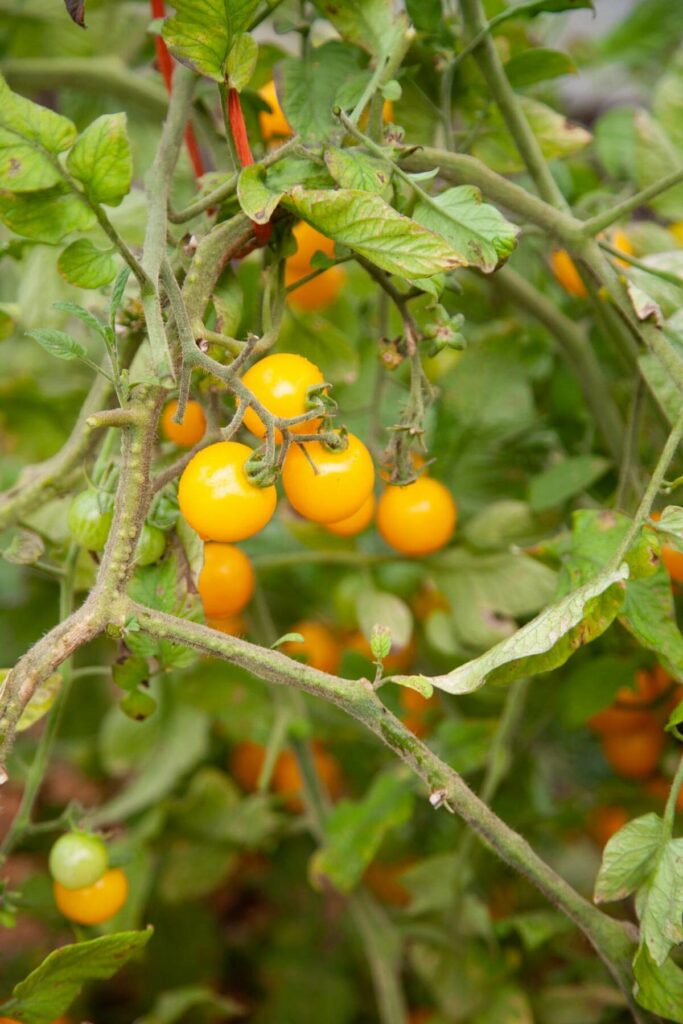
Tomatoes
If you’ve been listening to me for any length of time you know I love my San Marzano Lungo #2 which is a paste tomato heirloom variety. Be sure to also check out my top ten tomato growing tips for a disease-free harvest.
I first ordered the San Marzanos from Baker Creek and I use them to make all my sauces and canned tomato products. We even enjoy them for fresh eating during the summer.
However, this past year I did try a new Amish Paste variety and I now have TWO favorites.
I grew ten plants of each variety and got a great yield from both kinds. One thing to note is that I did happen to have some blossom end rot on about five of my San Marzano tomatoes (not five of the plants, but five individual tomatoes total), but not on any of the Amish.
I think it was likely due to inconsistent watering, rather than the variety, but I will make that note in my planner and continue to keep an eye on it.
I also like to grow Gallina’s cherry tomatoes which are a yellow cherry tomato that hardly ever cracks (which is key for us).
I also usually grow some Brandywine or Cherokee tomatoes, which are large table-eating tomatoes (similar to a beefsteak). They’re super juicy and fantastic to slice and eat.
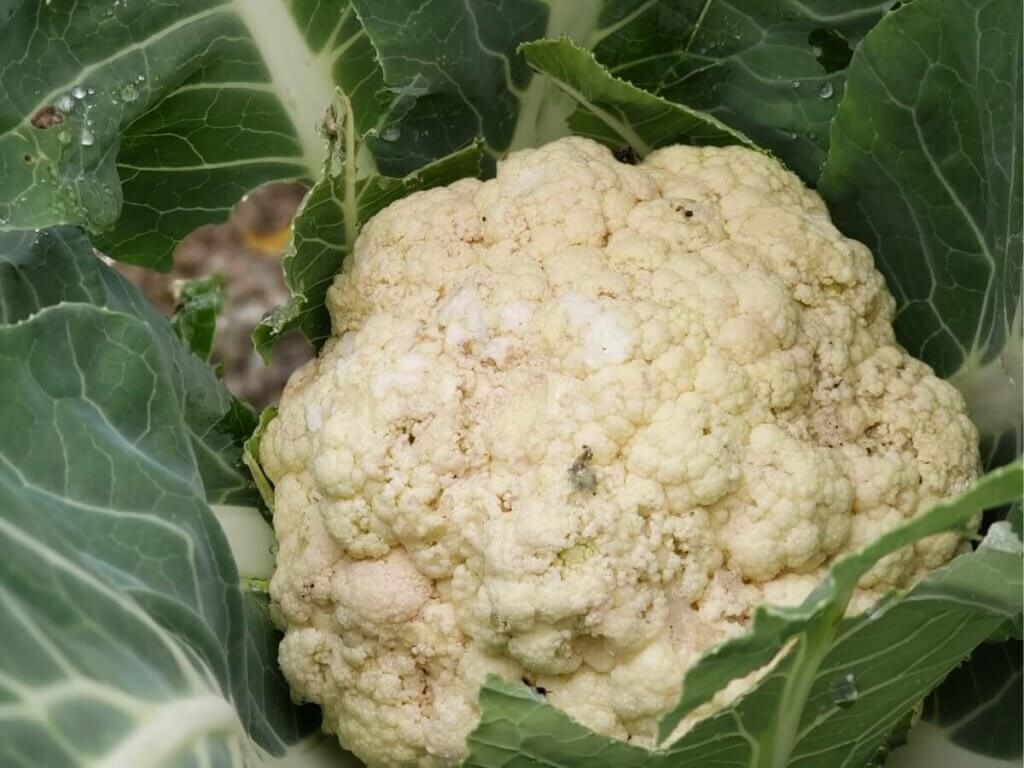
Broccoli & Cauliflower
I have had fantastic success in getting spring broccoli and cauliflower. I have never, however, had great success with my broccoli and cauliflower consistently forming heads in the fall. We simply get dark and cold too fast and they don’t ever form large heads.
One would think a spring harvest would be enough, but I’m greedy, and I want both spring and fall broccoli!
I’m going to give it one more go this year and try planting them a couple of weeks earlier. I’ve always followed the planting calendar to no avail, I tried moving it a couple of weeks earlier than recommended last year and they still didn’t form. I’m going to try planting at the end of June this year and see if that gives them enough time to form heads before the first frost.
If it doesn’t work this year, then I just won’t bother with planting them for the fall harvest.
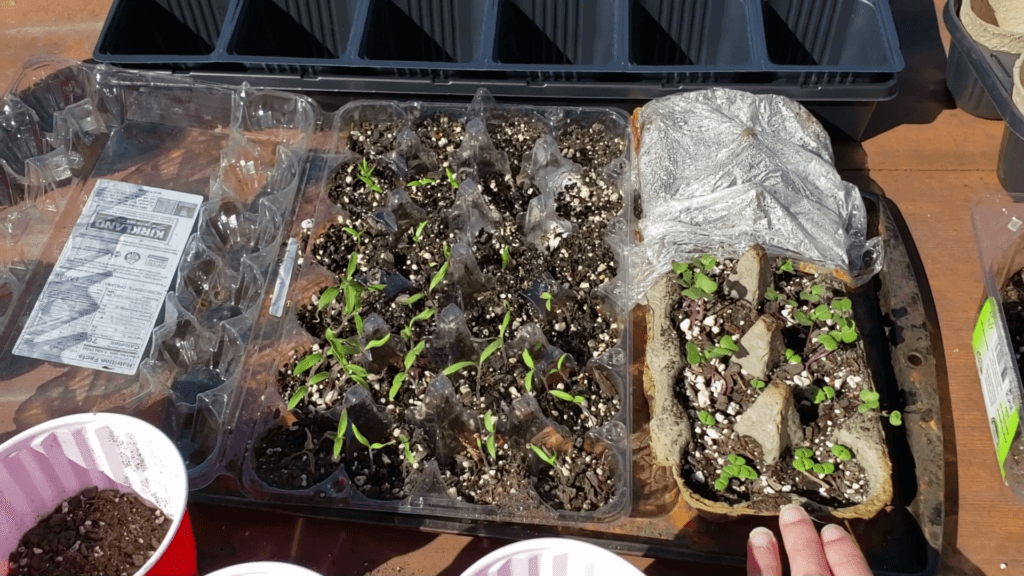
Timing
I’m going to be playing a bit with timing this year where I do some winter sowing of spinach and other cold-hearty varieties. You can learn how to extend your growing season using row covers in this post.
For a much more detailed tutorial on winter sowing, check out the Pioneering Today Academy (which will be opening back up for new members in March).
Basically what you do is you take a milk jug or plastic container and fill it with soil, dampen the soil, sow your seeds and poke some holes in the top of the container so any rainfall will seep into the container. Then, as the seeds sprout and grow they will be acclimated to the weather and you don’t have to do any hardening off when it’s time to plant.
I’m going to be doing my winter sowing in the high tunnel this year, instead of starting them indoors like in years past, this is because I’m going to be expanding my medicinal herb and flower garden this year, so I need all my seeds starting lights and space for those seeds.
I hope in sharing my garden planning strategies and varieties it helps give you a clearer idea of what to grow in your own garden this year. Be sure to check out some of the other helpful blog posts below!
Verse of the Week: Isaiah 43:16-19
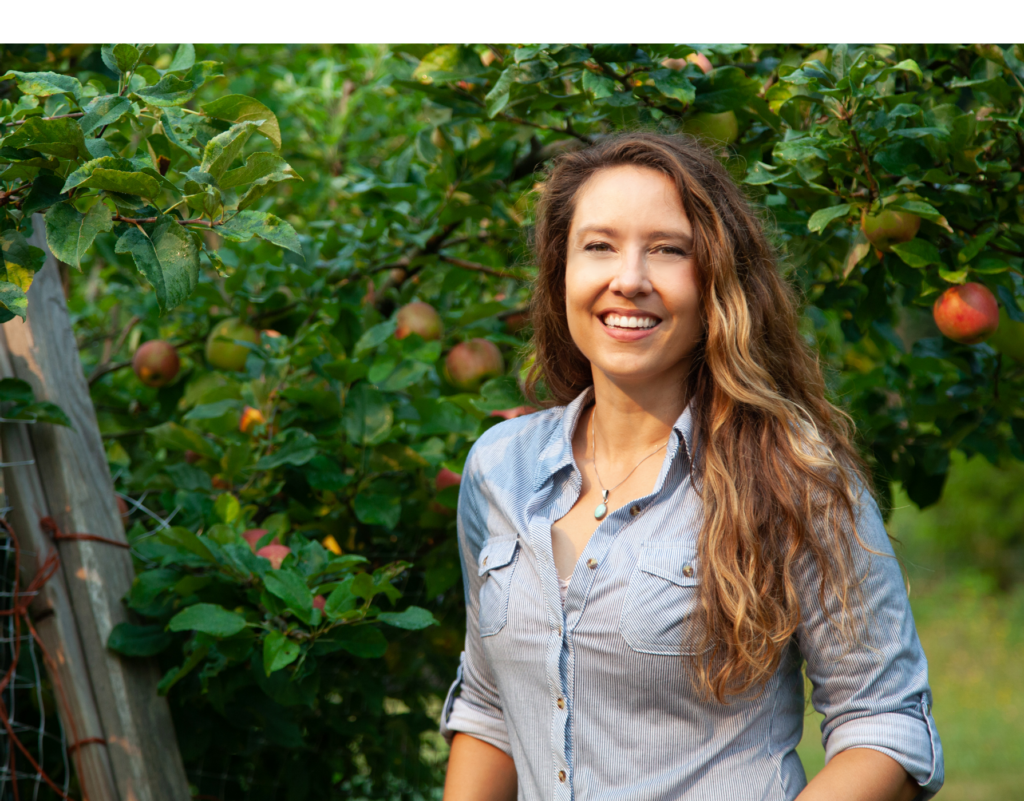
[fusebox_transcript]
More Garden Planning Posts
- Garden Planning in Winter
- Biggest Garden Planning Mistakes & How to Avoid Them
- Companion Planting Strategies for a Healthier Garden
- How to Create a Gardening Plan for More Harvest and Less Stress
- Crop Rotation in the Garden Based on Plant Families
- Plant Covers for Cold Weather Gardening: How to Grow Vegetables All Year
- How to Plan Your Best Garden & Harvest for a Year’s Worth of Food
